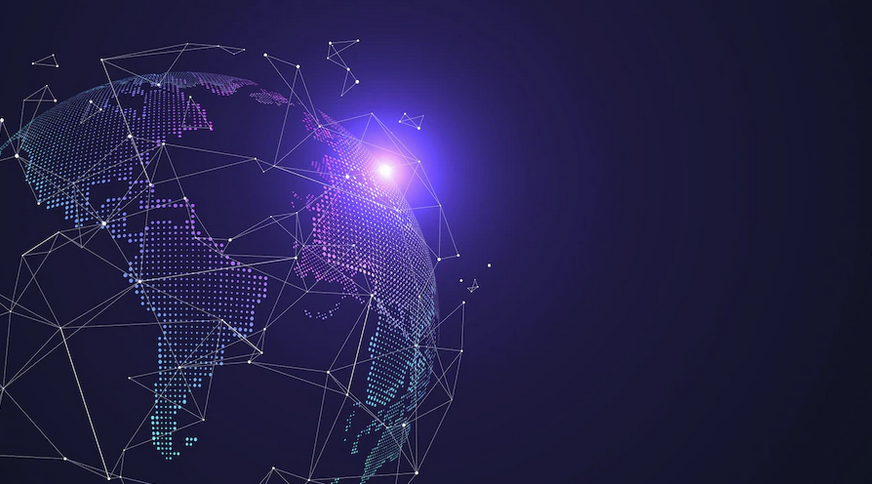Logistics and supply chains have to keep reinventing themselves as unpredictable events occur, such as recessions, weather, or geopolitical issues. Analyzing key factors from 2022, we can identify some trends to expect in 2023.
Automation and artificial intelligence
Decreasing delivery times is a must for any supply chain aiming to be efficient and competitive, and automation through artificial intelligence is the ultimate logistics operations goal.
Automation, simply put, is a machine performing a series of actions without any human intervention, and it has been around since the Industrial Revolution began. However, machines used to only perform basic duties, those they were specifically designed to do. With AI technology, standard machines will be able to “learn” and assist us in more complex tasks, ranging from warehousing and picking to sorting functions.
Reshoring and Nearshoring
2022 was an extremely difficult year, from a geopolitical perspective. The ever-growing tension between China and the US made it pretty clear that manufacturing production had to be relocated, resulting in the rise of reshoring and nearshoring.
Reshoring means “to transfer business operations back to the original country”, while nearshoring stands for “a business relocating its operations to a nearby country from one of greater distance”.
According to a survey conducted by Thomasnet.com, 64% of North American manufacturers plan to bring manufacturing production back to America, with Mexico being the most benefited country. There are various structural advantages to this decision: proximity, same time zone, similar work cultures, as well as economical and political treaties.
Environmental regulation
We had to address the elephant in the room. For enterprises to keep reaching record numbers each year, production and consumption also need to increase. That’s just another way to say that we’ve been decimating environmental resources to the point of no return. Hence, the logistics industry has focused on developing environmental regulations to bring down pollution and greenhouse emissions, as well as green infrastructure and electric fleets.
A global agreement on climate change adaptation, circular economy, ESG (Environmental, Social, Governance), and sustainability have become priorities and a primary focus going forward. Excellent news, taking into account that more than 50% of carbon emissions come from retail supply chains.
Digitalization
The Internet of Things (IoT) refers to a technological phenomenon of physical objects connected and exchanging information over the internet. In the 21st century, we live in a hyperconnected world where everyday appliances —cars, thermostats, baby monitors— are embedded and share and collect data with minimal human intervention. The integration of the physical and digital worlds is a trend that will continue to grow in the coming years.
Some of the benefits are:
- Mine data for valuable insights.
- Accelerate decision-making.
- Real-time glimpse into system functioning and logistic issues.
- Cut labor costs.
Expanding your commercial treaties
However, one trend that will never disappear is expanding into new territories, as expanding your commercial treaties is synonymous to higher incomes. To explore Latin American grounds, you can always count on Xborder, which offers the whole spectrum of import and export services, such as legal procedures, customer service, and technological tools to delve into unexplored markets. For more information, please visit www.xborder.co









